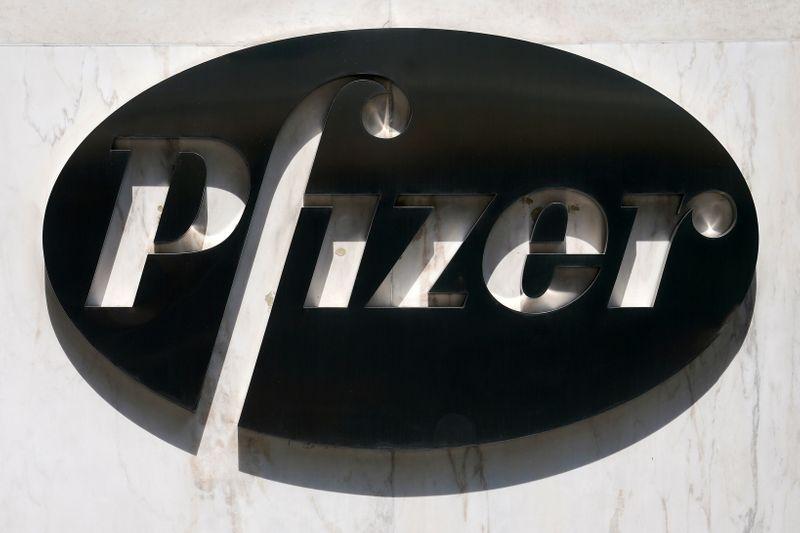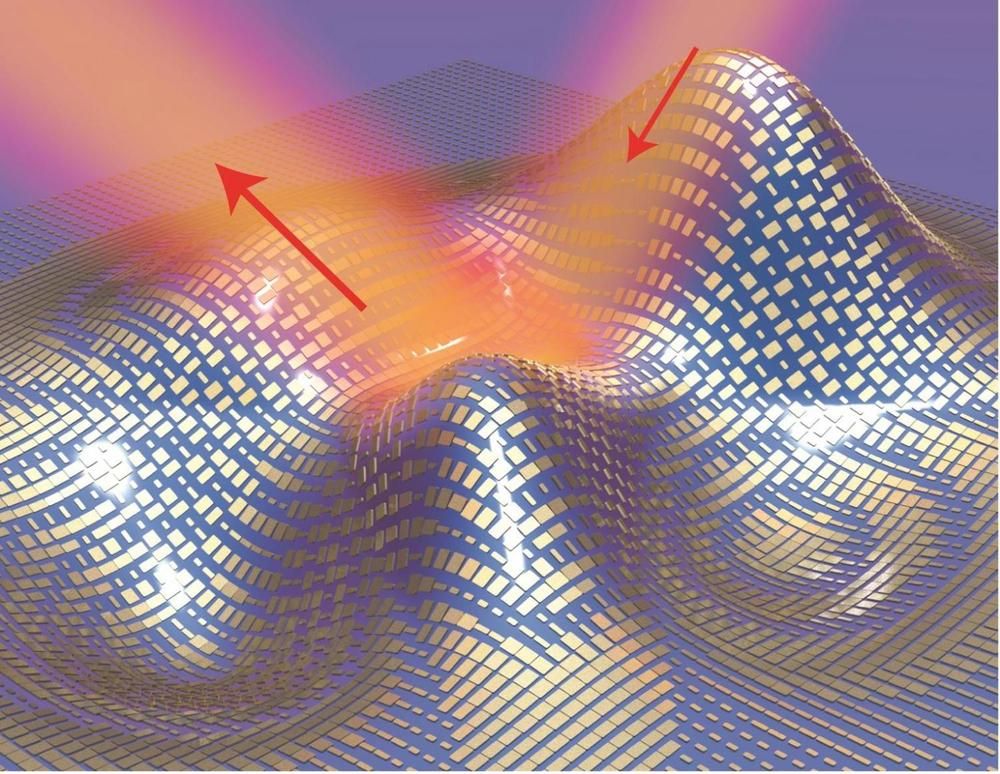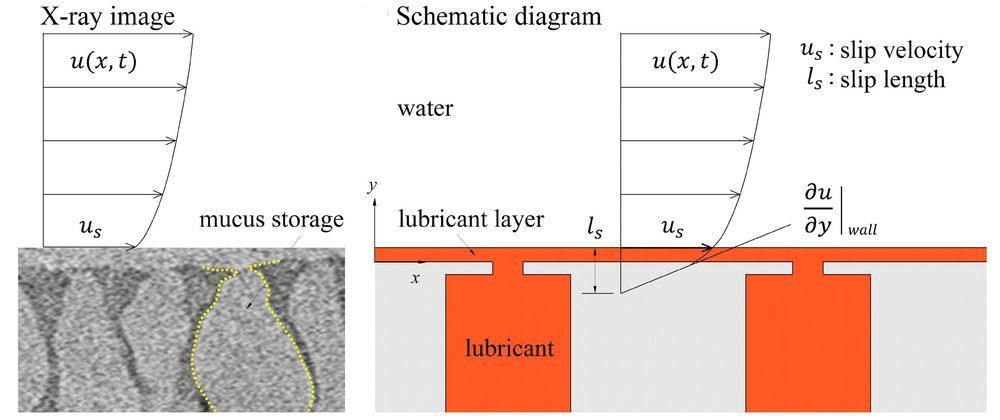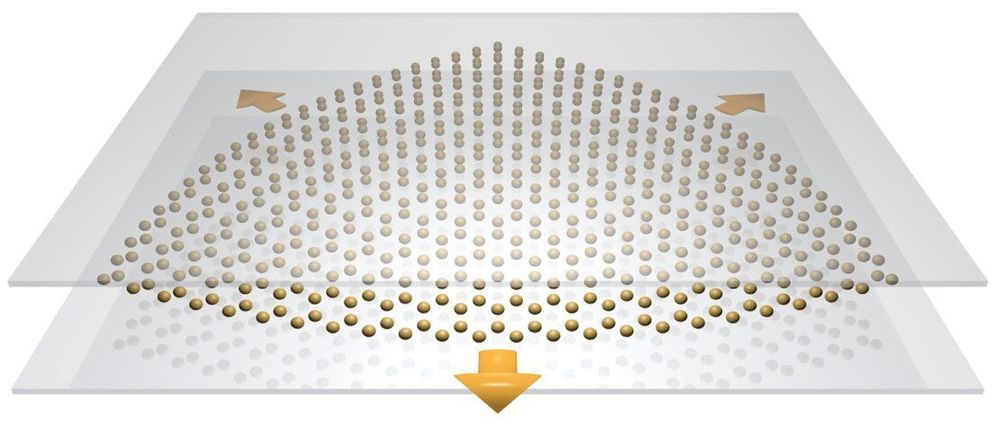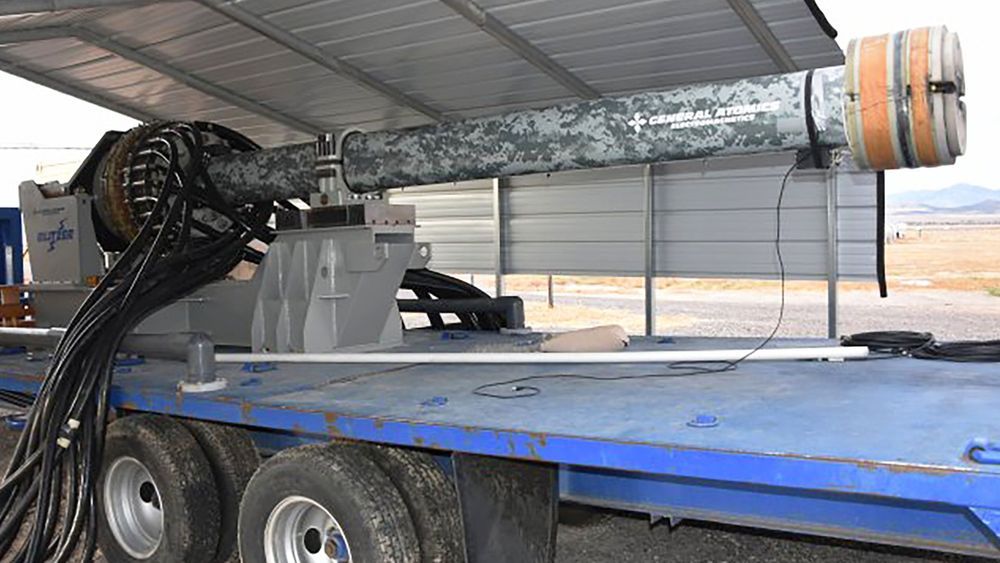Zerologon lets anyone with a network toehold obtain domain-controller password.
This autumn Kotaro Ando, a forty year-old farmer from Tara Town, Saga City (Japan) became the first customer to lease an asparagus picking robot from local agricultural high-tech startup Inaho Co. Ltd. Founded in 2017 and located in the coastal town of Kamakura, Inaho develops robots for agricultural and non-agricultural use. In January 2019, the company opened an office in Kashima (about 110 km from Tokyo) to market their autonomous robot to asparagus and cucumber farmers in Saga City and its surrounding areas. Kotaro Ando was one of these lucky asparagus farmers.
Pfizer Inc said on Tuesday participants were showing mild-to-moderate side effects when given either the company’s experimental coronavirus vaccine or a placebo in an ongoing late-stage study.
(Reuters) — Pfizer Inc PFE.N said on Tuesday participants were showing mostly mild-to-moderate side effects when given either the company’s experimental coronavirus vaccine or a placebo in an ongoing late-stage study.
The company said in a presentation to investors that side effects included fatigue, headache, chills and muscle pain. Some participants in the trial also developed fevers — including a few high fevers. The data is blinded, meaning Pfizer does not know which patients received the vaccine or a placebo.
Kathrin Jansen, Pfizer’s head of vaccine research and development, stressed that the independent data monitoring committee “has access to unblinded data so they would notify us if they have any safety concerns and have not done so to date.”
Tate’s Channel: https://www.youtube.com/channel/UC8ascGWjz8_2Aba52Iyy6Xg
MY STORE: https://www.1st.shop/
Today on this episode of UNUSUAL, I’m going to put the Invisible shield technology to the test!
1000’s of PUZZLES Available here: http://www.puzzlemaster.ca/?a=681162
Buy PLAYING CARDS Here: http://bit.ly/2wkbWFz
_______________________________________________________
INSTAGRAM: https://www.instagram.com/chrisramsay52
TWITTER: https://www.twitter.com/chrisramsay52
______________________________________________________
LEARN A TRICK I CREATED HERE: https://sellfy.com/p/OiqQ/
LIKED A SONG I USED? GET IT HERE: http://share.epidemicsound.com/Ramsay
_______________________________________________________
MY MAIN CAMERA: https://amzn.to/2M9Fl9a
SECOND CAMERA: http://amzn.to/2D0bVtU
BEST LENS FOR VLOGS: http://amzn.to/2DeNzth
BIG LENS FOR B-ROLL: http://amzn.to/2ANaqcA
TOP DOWN CAM: http://amzn.to/2COakmY
MIC: http://amzn.to/2AKIHJQ
TRIPOD: http://amzn.to/2EuP9GO
IF YOU WANT TO SEND ME STUFF:
Chris Ramsay
CP 50011 BP. Galeries Des Monts
St-Sauveur, PQ
Canada
J0R 1R0
#InvisibleShield #Unusual #ChrisRamsay
Circa 2015
Invisibility cloaks are a staple of science fiction and fantasy, from Star Trek to Harry Potter, but don’t exist in real life, or do they? Scientists at the U.S. Department of Energy (DOE)’s Lawrence Berkeley National Laboratory (Berkeley Lab) and the University of California (UC) Berkeley have devised an ultra-thin invisibility “skin” cloak that can conform to the shape of an object and conceal it from detection with visible light. Although this cloak is only microscopic in size, the principles behind the technology should enable it to be scaled-up to conceal macroscopic items as well.
Working with brick-like blocks of gold nanoantennas, the Berkeley researchers fashioned a “skin cloak” barely 80 nanometers in thickness, that was wrapped around a three-dimensional object about the size of a few biological cells and arbitrarily shaped with multiple bumps and dents. The surface of the skin cloak was meta-engineered to reroute reflected light waves so that the object was rendered invisible to optical detection when the cloak is activated.
“This is the first time a 3D object of arbitrary shape has been cloaked from visible light,” said Xiang Zhang, director of Berkeley Lab’s Materials Sciences Division and a world authority on metamaterials — artificial nanostructures engineered with electromagnetic properties not found in nature. “Our ultra-thin cloak now looks like a coat. It is easy to design and implement, and is potentially scalable for hiding macroscopic objects.”
Long-distance cargo ships lose a significant amount of energy due to fluid friction. Looking to the drag reduction mechanisms employed by aquatic life can provide inspiration on how to improve efficiency.
Fish and seaweed secrete a layer of mucus to create a slippery surface, reducing their friction as they travel through water. A potential way to mimic this is by creating lubricant-infused surfaces covered with cavities. As the cavities are continuously filled with the lubricant, a layer is formed over the surface.
Though this method has previously been shown to work, reducing drag by up to 18%, the underlying physics is not fully understood. In the journal Physics of Fluids, researchers from the Korea Advanced Institute of Science and Technology and Pohang University of Science and Technology conducted simulations of this process to help explain the effects.
Scientists have discovered an elegant way of manipulating light using a ‘synthetic’ Lorentz force—which in nature is responsible for many fascinating phenomena including the Aurora Borealis.
A team of theoretical physicists from the University of Exeter has pioneered a new technique to create tuneable artificial magnetic fields, which enable photons to mimic the dynamics of charged particles in real magnetic fields.
The team believe the new research, published in leading journal Nature Photonics, could have important implications for future photonic devices as it provides a novel way of manipulating light below the diffraction limit.
Wow cool.
The Defense Department may not have finished working out all the kinks in the ultra-expensive and perpetually buggy F-35 Joint Strike Fighter, but the Air Force is plowing ahead with plans for a next-generation fighter jet.
Defense News reports that the service has secretly designed, built, and flown a prototype of a future fighter jet under its Next Generation Air Dominance program.
“We’ve already built and flown a full-scale flight demonstrator in the real world, and we broke records in doing it,” Air Force acquisition chief Will Roper told Defense News during the Air Force Association’s Air, Space, and Cyber Conference. “We are ready to go and build the next-generation aircraft in a way that has never happened before.”
The Navy may have been the loudest about its railgun dreams, but the Army is quietly moving ahead with turning the tech into something deployable.
Myotonic dystrophy type I is the most common type of adult-onset muscular dystrophy. People with the condition inherit repeated DNA segments that lead to the toxic buildup of repetitive RNA, the messenger that carries a gene’s recipe to the cell’s protein-making machinery. As a result, people born with myotonic dystrophy experience progressive muscle wasting and weakness and a wide variety of other debilitating symptoms.
CRISPR-Cas9 is a technique increasingly used in efforts to correct the genetic (DNA) defects that cause a variety of diseases. A few years ago, University of California San Diego School of Medicine researchers redirected the technique to instead modify RNA in a method they call RNA-targeting Cas9 (RCas9).
In a new study, publishing September 14, 2020 in Nature Biomedical Engineering, the team demonstrates that one dose of RCas9 gene therapy can chew up toxic RNA and almost completely reverse symptoms in a mouse model of myotonic dystrophy.


